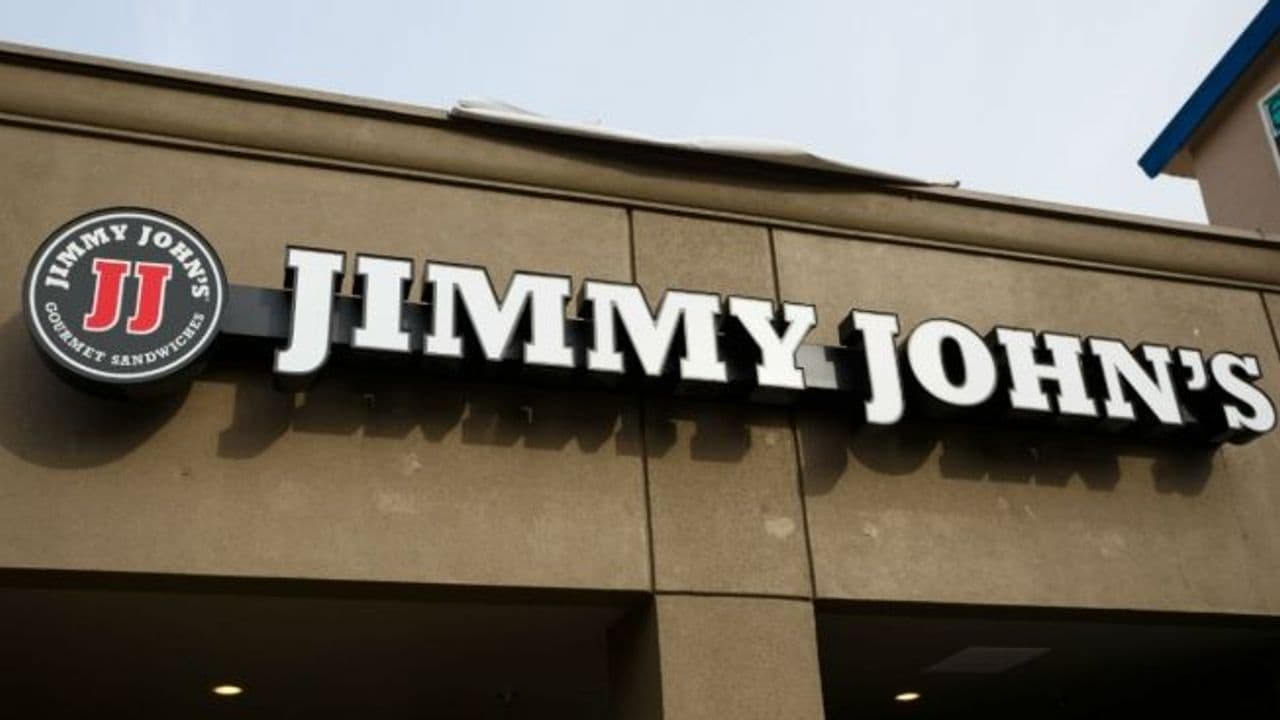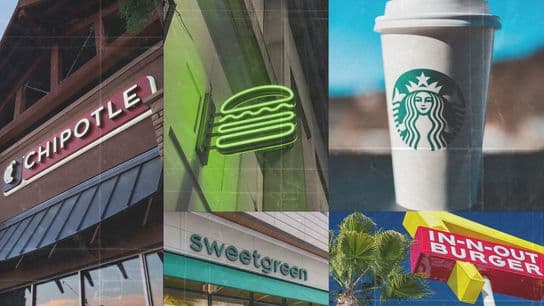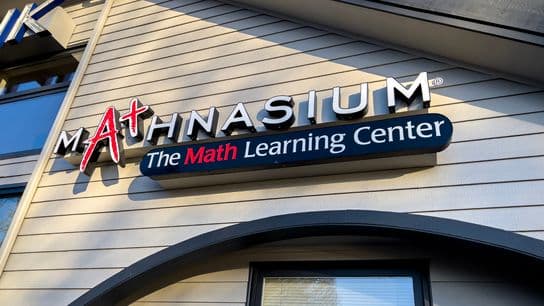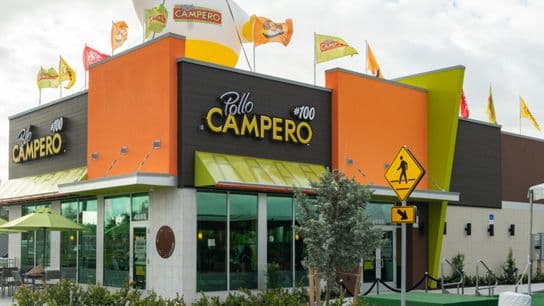Jimmy John's Partners with DoorDash Using New Self-Delivery Product
The 2,400-unit sandwich franchise, which was a vocal naysayer of third-party delivery in the past, has changed its tune following COVID-19 and a 2019 acquisition by Inspire Brands.
Jimmy John's has partnered with DoorDash and will use DoorDash Self-Delivery, a new product for restaurants to generate demand and reach new customers on DoorDash's marketplace, while using their own drivers, according to a press release.
The rollout follows a six-month pilot at 100 restaurants. According to the release, the two companies worked to build direct integration with Jimmy John's POS provider, Signature Systems, to minimize changes to in-store operations and to sync Jimmy John's existing menu and store hours within DoorDash's platform. Pick-up will also be available through DoorDash and Jimmy John's will be added to DashPass, a monthly subscription program that offers free delivery for orders over $12.
DoorDash said it estimates 120,000 restaurants offer in-house delivery and its new product will allow them to maintain their own fleets while also listing their offerings online to the app’s users.
It is no secret that third-party delivery has not been universally accepted within the restaurant industry. Ironically, Jimmy John's was among the first to rail against partnering with third-party delivery platforms, once vowing to never use delivery apps, so this partnership is a complete shift in the restaurant's strategy. But these comments occurred prior to its 2019 acquisition by Inspire Brands, which has existing relationships with DoorDash through its other restaurant companies.
"As a brand, we are relentlessly focused on reaching our guests on their terms," Darin Dugan, Jimmy John's chief marketing officer, said in the press release. "In DoorDash we found a third-party partner that shares this commitment and offers us the ability to further reach our consumers where they increasingly are — digitally."
During the pandemic and subsequent shutdowns, third-party delivery has offered a major lifeline for struggling restaurant owners. Nearly 30% of restaurants said in a Raydiant report that third-party apps now make up 21% to 30% of all sales. But as more restaurants turn to delivery as a way to continue generating sales, the third-party delivery segment has increasingly come under criticism for the high commissions and fees associated with the services. Many municipalities, including Chicago, New York, Las Vegas and Los Angeles, instituted temporary caps on delivery commissions to try and reduce costs to restaurants amid the pandemic.
Creating an in-house, direct delivery platform is one way restaurants can dramatically reduce their costs while also maintaining control over the experience. Some brands have opted to create their own online ordering capabilities to process orders directly from their websites, and then have the delivery fulfilled by a third-party driver. On the flip side, Panera, which has long had a robust in-house delivery fleet, partnered with DoorDash, Grubhub and UberEats in 2019 to allow customers to place orders through the app while still fulfilling the actual delivery itself in most markets — a precursor to DoorDash’s new Self-Delivery option
While it is hard to say exactly what the future holds for third-party delivery, it is clear that the companies will need to continue to innovate and collaborate with restaurant brands to create mutually beneficial partnerships. For Jimmy John's, placement on DoorDash's marketplace will help generate new customers, while DoorDash Self-Delivery has created a new avenue to increase the amount of restaurants on its site, which will only help drive more customers to DoorDash.









